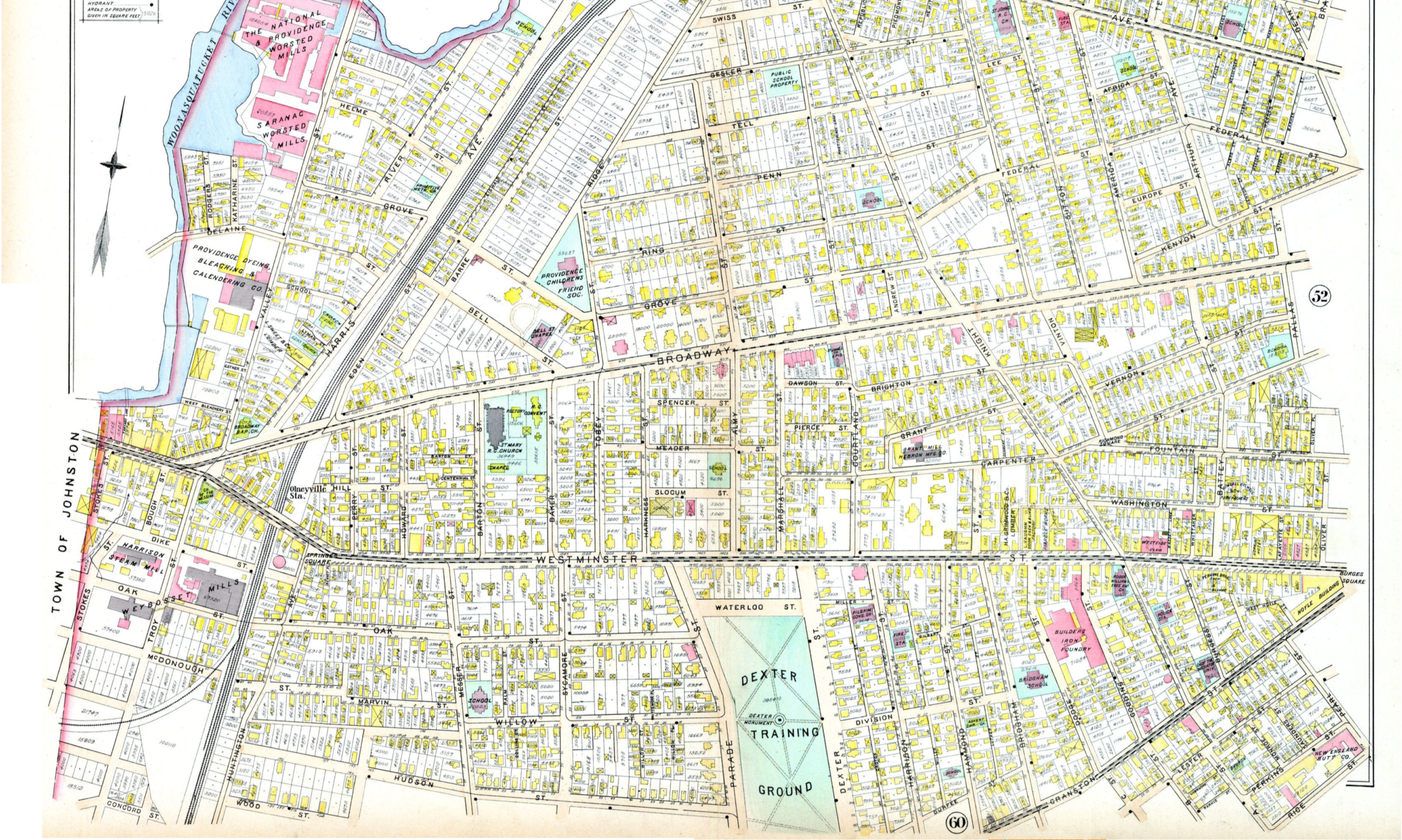As you can see, it isn’t easy. They are so far just token bike lanes and paths, rather than a real effort to make a city where everyone feels safe getting around by bike. I am hopeful that that will change and the City and State will undertake many new projects for dedicated and protected bike infrastructure in the next year or two. The Mayor bikes to work most days, which is excellent. The City’s planning department leadership is also excited about bikes. Let’s get Public Works and RIDOT on board too, and get some paint on the streets!
Where do people actually bike in Providence?
I have been excited recently by the heatmap published by the Strava app showing where its users go when tracking their trips. It’s beautiful, and it seems like great data for planning bike infrastructure. However, after a tip from a friend, I did some research and found that Strava users are not necessarily very representative of the cycling demographics or travel patterns of the general public.
- Strava users are, in the words of another friend who is an avid user, “a group that is heavily skewed toward recreational, performance-oriented cyclists, although it should be noted that there is often a lot of overlap between commuter cyclists and recreational cyclists”
- There are reports suggesting that Strava’s user base is approximately 90% men, which is substantially higher than the 65-75% of cyclists nationally who are men. Strava does not relase information about the age, nationality, or location of its user-base.
- Most suggestively, when Oregon DOT bought Strava’s detailed data in the spring of 2014, they compared the Strava count of cyclists crossing Portland’s Hawthorne Bridge, a prominent commuter cyclist connection, to a physical counter’s tally. They found that only 2.5% of the actual trips across the bridge were reflected in the Strava data.
While these are important limitation to keep in mind, the data is still useful. In Providence, according to a Strava rep I contacted, the data is based on 1440 users making 10,835 trips, 30% of which were commuting. In Rhode Island as a whole, there are 5996 Strava users and 61,625 trips.
For comparison, the data generated by VHB for the 2013 Bike Providence plan used an app which has between 100 and 500 downloads on the Android store, suggesting a user base roughly between 250 and 1250 (iPhone’s market share in RI is 58% compared to Android’s 41%). The users of the VHB app, because of its singular purpose, were also an unbalanced sample of all users.
To increase the sample size of the data, I have used GIS to combine the Strava data (created May 2014) and the VHB data (March-May 2013) into one composite bike traffic metric for all Providence streets:
I would note that, though existing traffic patterns are an excellent aid in determining where new bike infrastructure should be created, providing reasonable access to the whole city is also an important consideration. For example, Smith Street only shows moderate existing bike traffic in these data sources, but installing a protected bike lane along that corridor would provide better access to a whole swath of north Providence that would otherwise be underserved by bike infrastructure. Similarly, Plainfield St and Hartford Ave in the Silver Lake & Hartford neighborhoods would provide important access to residents who are not currently along well-trafficked corridors.
One of my favorite aphorisms with regard to bike infrastructure is that it would be ridiculous to reject a proposal for a bridge because too few people swim across the river. Approach this existing traffic data with that in mind.






